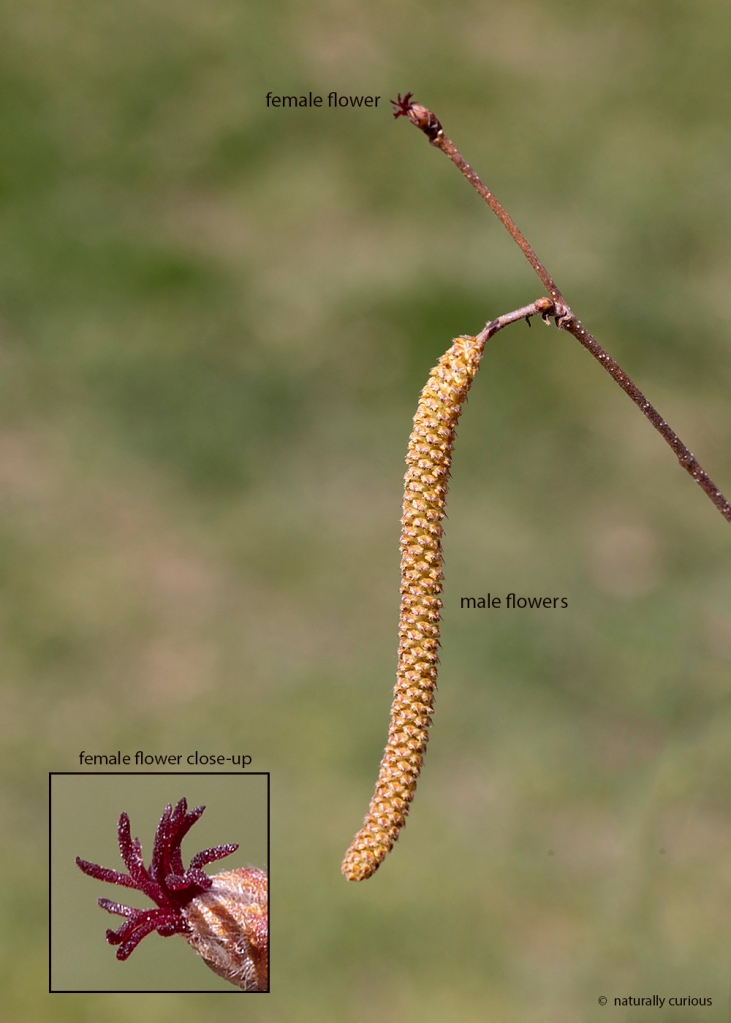
Shagbark Hickory (Carya ovata) is immediately recognizable by its large, flat plates of bark that curl away from its trunk, giving the tree a shaggy appearance. Its attributes are well known: Shagbark Hickory nuts are sweet and edible (to humans and wildlife). Its tough but flexible wood is used for sporting equipment, tool handles, ladders and flooring, and it’s a source of high-quality charcoal for smoking bacon, ham and other meats. But to me, its most outstanding feature is on display right now, as the scales on its swollen buds open and fold back, petal-like, revealing new foliage that will soon expand into large, compound leaves.



























What Other Naturally Curious People Are Saying